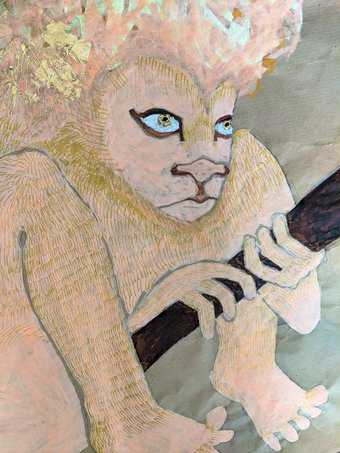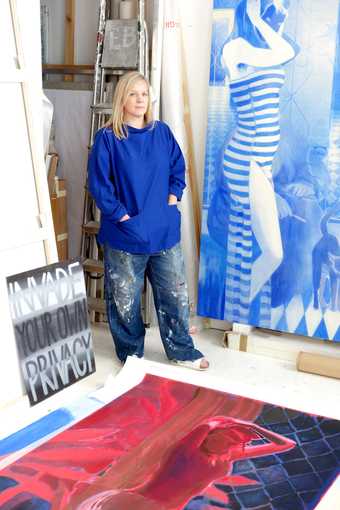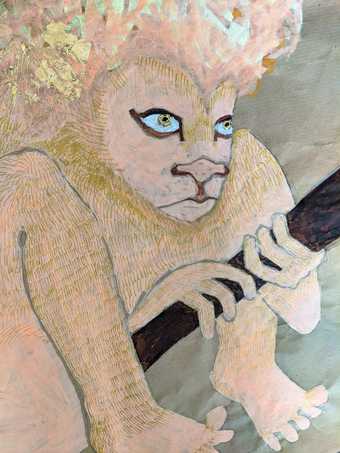
Courtesy the artist
Darling’s The Ballad of Saint Jerome tackles interesting questions around religion, disability and relationships. Their work revisits the fable of St Jerome and the Lion, a well-known story about how a saint tamed a wounded lion. Darling turns the story on its head in their reinterpretation.
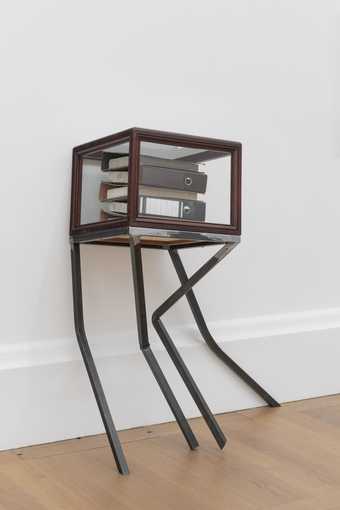
What drew you to this story in particular?
Years ago someone took me to the National Gallery to see some of Albrecht Dürer's paintings as a surprise. We met at the lions of Trafalgar Square before going inside. I had never been there before and it made a big impression on me. I was really struck by Dürer’s little apocalypse woodcut and by all the Saint Jeromes in there. At the time it felt personal, like the works were speaking directly to me. When I went home and looked up everything I had seen, I became fascinated by the fact that Dürer kept on returning to those figures of Saint Jerome and the lion. Afterwards, I learned that some art history scholars think he was making self-portraits. That makes sense to me.
Anyway, the story kept coming back to me like an infection. I spent a lot of time at doctor’s surgeries and hospitals this year and it got me thinking about what it means to be wounded, or sick, or otherwise 'defective' - and what it means to submit yourself for healing. It’s complicated! And I’m just one in a long line of artists (from antiquity to modernity) who have found a lot to think about in this story. It is a good story, an archetypal one. There are variations found everywhere in narrative history. It feels like this is a good moment to re-examine the old stories through newly critical eyes and maybe think deeper into who and what each story serves. Our species lives in stories, and all kinds of evolution depends on how we tell them.
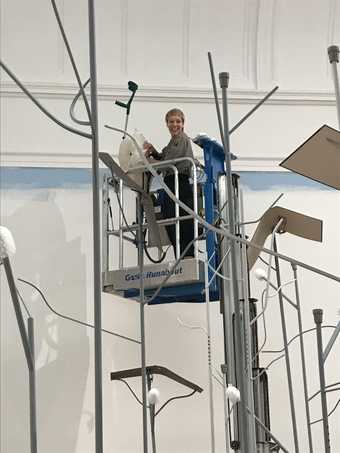
Courtesy the artist and Sonya Merutka
How did you become an artist?
I was always drawing, writing, making stuff - but ‘artist’ exists within a kind of structure and I didn’t have that structure so I didn’t think of it as art. I had some friends and mentors who helped me learn about the structure, like let me tag along and showed me the ropes. I also had one or two people close to me who believed that what I had to say was worth saying. And then, finally, (at the age of 30) I went to art school, and did that whole thing.
Where do you find inspiration for your art?
I try to stay present in the time I live in. So I read the news, the theories, the stuff people are saying; I read a lot of Wikipedia, I learn from friends and others; I pay attention to the objects I use in daily life, and think about how meaning is produced in general. At the moment, I am into history and theology, which are also ways of telling stories.
What was your favourite childhood story growing up?
I used to make up and tell stories myself. They were the best stories because the characters were all the people present in the room while the story was being told. Not the grown-ups though! They weren’t in the stories at all.
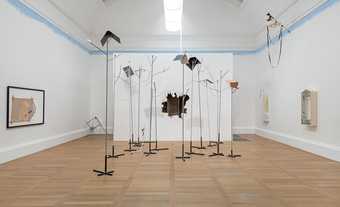
This is your first display in an institution like Tate. What do you feel about the difference between exhibiting in large institutions and independent galleries?
It is a blessing and a privilege to show my work in a context where the public can look at it for free, like you don’t need to be an ‘art person’ to see it. Of course you can walk into any gallery for free, but often people don’t and I understand why.
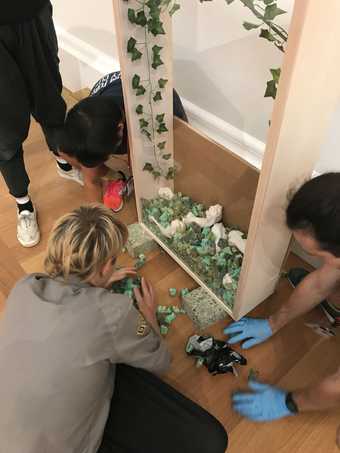
Courtesy the artist and Sonya Merutka
We live in a society that is currently divided in its political leanings. Can art ever be apolitical, or should it bridge that gap?
To be honest I think contemporary art (or at least the system in which it circulates) is pretty much politically bankrupt. You could say cynically that art is nothing but a form of cryptocurrency or insurance scam, which would be true on one level. On the other hand, complexity is still possible in art, which is not the same thing as opacity or abstraction or whatever. I don’t know about bridging the gap. I’m not trying to bridge the gap. In fact, I try to make things that repel a certain kind of ideology, just by making the case for vulnerability in everything. I feel like a lot of the current rhetoric in its bid for power does not want to admit how flawed and leaky it is, and as a society we don’t want to admit that we’re destroying our habitus so the machine just grinds on. But nothing lasts forever.
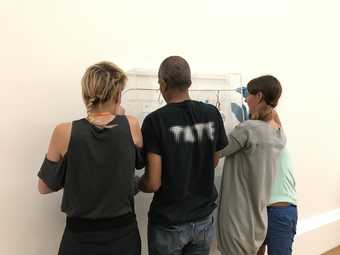
Courtesy the artist and Sonya Merutka
Are there any themes that are consistent throughout your work, or opposingly any that have arisen as your work has developed?
I think the consistent thread is that everything is connected and everything is vulnerable. The connection engenders violence as well as support. The interconnectedness of things is full of trouble but it’s what there is; nobody gets out of here alive and nothing is too big to fail.
We noticed a lot of humour in your work. How does that balance with some of the more serious topics you are exploring?
Things can be funny and sad at the same time, or silly and serious. People and things are flexible and resilient, as well as breakable and vulnerable. Most things in one’s own life are funny when seen from a certain angle, and sometimes your best bet is to find that angle and just have a laugh about it all.
Art Now: Jesse Darling The Ballad of Saint Jerome is at Tate Britain until 24 February 2019.

